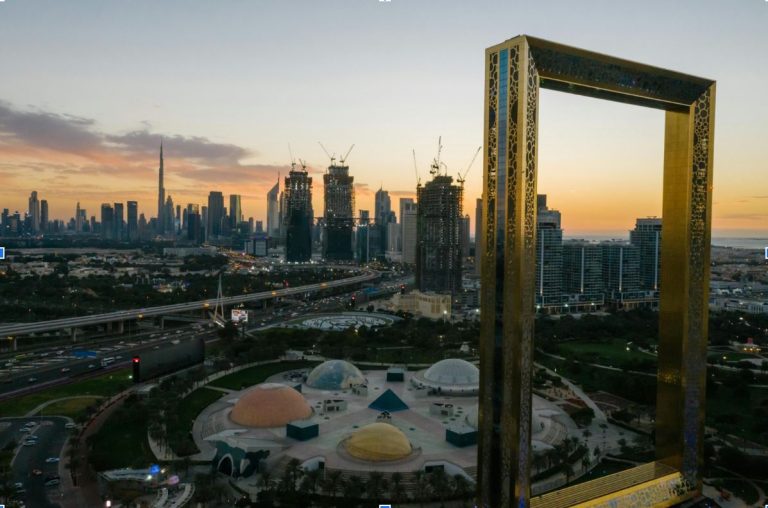China’s Enduring Legacy: Safeguarding Cultural Heritage for Future
Beijing, China – In an era of rapid modernization and technological advancement, China is demonstrating an unwavering commitment to preserving its rich and diverse cultural heritage. This dedication is manifested through robust legislative efforts, significant financial investment, and the innovative integration of cutting-edge technologies. By safeguarding its historical treasures, China is not only honoring its past but also enriching its present and securing a profound legacy for future generations, while offering valuable insights for global heritage protection.
A Multi-Layered Legal Framework for Protection
China has meticulously developed a comprehensive and multi-layered legal framework to ensure the effective protection of its cultural heritage. This framework includes foundational laws such as the Cultural Relics Protection Law and the Law on Intangible Cultural Heritage, alongside a suite of administrative regulations covering specific areas like the Great Wall, museums, and historical cities, towns, and villages [1].
A significant development in this area is the revised Cultural Relics Protection Law, which came into effect in March 2025. This revision, the second of its kind, introduced 19 new provisions and amended 75 existing ones, significantly strengthening the legal protections for cultural relics [1]. This legislative evolution provides firm and effective judicial support for the protection, preservation, and utilization of the country’s vast cultural heritage, reflecting a proactive approach to legal governance in this critical domain.
Financial Commitment and Strategic Investment
Beyond legal frameworks, China has backed its commitment to cultural heritage preservation with substantial financial resources. In the first decade of President Xi Jinping’s tenure, the central government allocated over 100 billion yuan (approximately US$14 billion) to cultural heritage protection [2]. This significant investment underscores the national priority placed on safeguarding historical sites, artifacts, and intangible cultural practices.
These funds are channeled into various initiatives, including:
- Restoration and Maintenance: Large-scale projects for the restoration and maintenance of ancient monuments, historical buildings, and archaeological sites.
- Museum Development: Modernizing and expanding museums to better house, display, and research cultural artifacts.
- Intangible Cultural Heritage (ICH) Programs: Supporting the transmission and revitalization of traditional arts, crafts, music, and customs through dedicated programs and master craftsmen.
- Research and Technology: Investing in scientific research and advanced technologies for conservation, documentation, and interpretation of heritage.
Trend Analysis: Technology as a Game-Changer in Heritage Preservation
The integration of cutting-edge technologies is a defining trend in China’s cultural heritage preservation efforts. This innovative approach is revolutionizing how historical treasures are protected, preserved, and passed down:
- Digitalization and Virtual Reality: Technologies like 3D scanning, virtual reality (VR), and augmented reality (AR) are being used to create digital archives of cultural relics and historical sites. This not only aids in conservation but also makes heritage accessible to a global audience, as seen in interactive programs at the 2025 World Internet Conference Cultural Heritage Digitalization Forum [3].
- AI and Big Data: Artificial intelligence and big data analytics are being employed for predictive conservation, identifying potential risks to heritage sites, and managing vast amounts of archaeological data. This allows for more efficient and proactive preservation strategies.
- Advanced Materials Science: Scientific research into new materials and conservation techniques is improving the longevity and stability of ancient artifacts and structures, ensuring their survival for centuries to come.
- Public Engagement through Digital Platforms: Digital platforms and social media are being utilized to engage the public, especially younger generations, in heritage appreciation and protection. This fosters a sense of ownership and responsibility among citizens.
- International Collaboration: China is actively collaborating with international organizations and experts, sharing its experiences and learning from global best practices in heritage conservation. This includes partnerships with organizations like the World Monuments Fund [4].
Conclusion: A Cultural Renaissance for a Shared Future
China’s comprehensive and forward-looking approach to cultural heritage preservation is a testament to its profound respect for history and its vision for a culturally rich future. By combining robust legal frameworks, substantial financial commitment, and pioneering technological integration, China is not only safeguarding its own invaluable heritage but also contributing significantly to the global understanding and appreciation of human civilization. As the nation continues to make strides in this critical area, its efforts serve as an inspiring model for how cultural preservation can be seamlessly integrated with national development, ensuring that the echoes of the past continue to resonate powerfully in the present and guide the path towards a shared, culturally vibrant future.
References
[1] The National People’s Congress of the People’s Republic of China. (2025, July 28). China ensures effective cultural heritage protection through legislative efforts: report. Retrieved from http://en.npc.gov.cn.cdurl.cn/2025-07/28/c_1118213.htm
[2] South China Morning Post. (2025, August 2). China’s safeguarding of cultural heritage signals its global ambition. Retrieved from https://www.scmp.com/opinion/china-opinion/article/3320042/chinas-safeguarding-cultural-heritage-signals-its-global-ambition
[3] Xinhua. (2025, September 18). China Focus: Cutting-edge technologies reshape cultural heritage protection. Retrieved from https://english.news.cn/20250918/2c680e2d6552479d9091f436c6d41d38/c.html
[4] World Monuments Fund. (n.d.). WMF in China. Retrieved from https://www.wmf.org/global-offices/wmf-china






